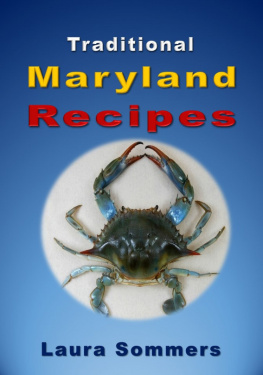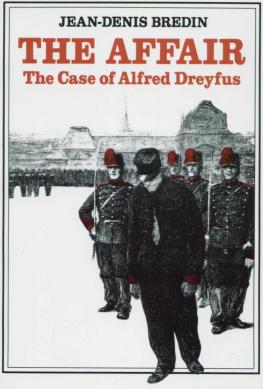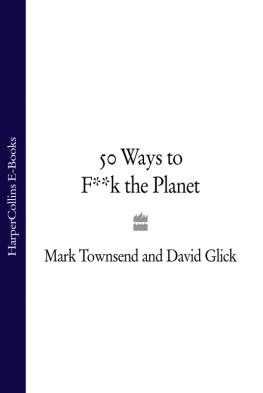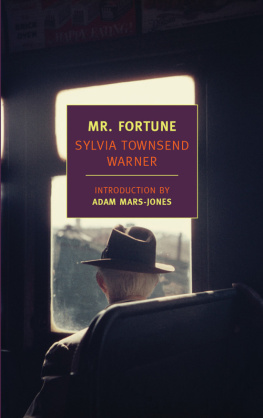
Published by The History Press
Charleston, SC 29403
www.historypress.net
Copyright 2014 by Dianne Wiebe
All rights reserved
Cover image: Antique postcard reproduction. Courtesy of Gathland State Park Museum.
All images, unless stated otherwise, are courtesy of Gathland State Park Museum Archives.
First published 2014
e-book edition 2014
ISBN 978.1.62585.007.2
Library of Congress Cataloging-in-Publication Data
Wiebe, Dianne.
George Alfred Townsend and Gathland : a Journalist and his Western Maryland Estate / Dianne Wiebe.
pages cm
print edition ISBN 978-1-62619-471-7
1. Townsend, George Alfred, 1841-1914. 2. Authors, American--19th century--Biography. 3. Journalists--United States--Biography. I. Title.
PS3089.T4Z93 2014
818.409--dc23
[B]
2014016724
Notice: The information in this book is true and complete to the best of our knowledge. It is offered without guarantee on the part of the author or The History Press. The author and The History Press disclaim all liability in connection with the use of this book.
All rights reserved. No part of this book may be reproduced or transmitted in any form whatsoever without prior written permission from the publisher except in the case of brief quotations embodied in critical articles and reviews.
To GATHYou are not forgotten.
CONTENTS
FOREWORD
I was educated through my sophomore year of college in my home state of Maryland, a state where George Alfred Townsend (Gath) had many influences. However, Gath was unfortunately unknown to me and countless others educated in the same period. I was aware of the work of other great Maryland writers like Edgar Allan Poe and H.L. Mencken, so why not Gath? It wasnt until the Maryland Park Service promoted me to superintendent of the South Mountain Recreation Area that I finally discovered Gath.
In 1990, I found myself entrusted with the stewardship of Gaths former estate in Cramptons Gap on South Mountain. It is now called Gathland State Park. The lack of reference to Gath during the course of my education seemed wrong ,and I felt duty bound to somehow make it right. In 2009, Dianne Wiebe joined the staff at the museum at Gathland State Park. With her background in journalism, local history and museum management, she developed an immediate and lasting connection to Gath. Dianne conducted research, connected with some of Gaths descendants and collected stories from visitors and local residents, thereby establishing herself as the Gath subject matter expert that the park desperately needed. Her fascination with Gaths life and literary accomplishments prompted her to write this book. An author with a journalism background and several books to her credit, she decided that Gath, who loved the fame and recognition of his stellar career, had called on her to keep his legend alive and flourishing into the twenty-first century.
Through George Alfred Townsend and Gathland: A Journalist and His Western Maryland Estate, Dianne Wiebe reminds us that Gath, the youngest of all the correspondents covering the American Civil War, changed the face of journalism by pioneering syndication. Gath was embedded with the troops of Major General George B. McClellan during the 1862 Peninsula Campaign and investigated (and authored a book about) the Life, Crimes, and Capture of John Wilkes Booth. Gath was a witness to Booths execution; dined with generals, senators and heads of state; and was photographed many times by Mathew Brady. He helped define the role of a war correspondent by placing himself in harms way and producing accurate and timely descriptions for anxious readers. His craft is as relevant today as it was during the Civil War, placing Gath with the likes of Edward R. Murrow, Gloria Emerson, Walt Whitman, Ernest Hemingway, Ernie Pyle, Michael Herr, Marguerite Higgins, Joe Sacco and Daniel Pearl. Postwar, Gath succeeded as an editorialist, novelist, poet, playwright and architect. A journalist herself, Dianne Wiebe is uniquely qualified to interpret Gaths career and introduce his legacy to a generation of people who, like me, find reference to him absent in their formal educations. Dianne Wiebe, with this book, is beginning to right the wrong I first perceived as a young park superintendent.
Systems of public parks, whether local, state or national, have become the keepers of many of our great nations historical and cultural treasures. Gathland State Park preserves more than one of these treasures. Remnants of old charcoal hearths are found at Gathland. The charcoal was used to fuel our nations first industry forging cannons for the Revolution in great iron furnaces. During the Civil War, Gathland State Park was the scene of fierce fighting and action within Confederate general Robert E. Lees Maryland Campaign. Northern victory in the Maryland Campaign gave President Lincoln the confidence to issue the Emancipation Proclamation. The action at Gathland State Park was therefore a catalyst for the beginning to the end of slavery in the United States. The Appalachian National Scenic Trail bisects Gathland State Park, so Gathland provides a respite for weary hikers along our nations first National Scenic Trail. The trail is a ribbon of land stretching from Maine to Georgia, a footpath of over two thousand miles. Gath was so inspired by this ground that he established his estate there, making Gathland significant to the journalistic history of our nation. Dianne Wiebe understands the uniqueness of this special place, a quality she shares with Gath, and calls our attention to it. Through her excellent work, she has kept the legend of Gath alive and flourishing into the twenty-first century.
DAN SPEDDEN
Superintendent (retired), South Maryland Recreation Area
ACKNOWLEDGEMENTS
To Dan Spedden who always knows how to make good things happen. To Ellen Shourd, who bravely edited my first draft; Greg Bartles, who carefully scanned the photos I needed; and to Ross Kimmel, who dug those photos out of hiding. To Janice Teeter, my muse and life coach. To John Muller, Anne Long, Jackie McCullough and Susan Fair, all of whom encouraged me. To David Rasmussen, his sister Elizabeth Forster and especially to his mother, Dorothy Rasmussen, and to Dale Swope for their contributions to the project. To Patrick Hiatt, who filled in some mythological blanks. To John Frey and Elizabeth Howell at the Washington County Library. To Ruthanna Hindes and Jerry Shields, whose earlier books provided a factual basis for all that has been written since.
To the Gathland State Park Museum founders, who created an archive of photos and documents from various resources, including the Maryland Hall of Records, the University of Delaware and the Maryland Department of Natural Resources. Unless otherwise noted in the captions, all the photographs are courtesy of the Gathland State Park Museum archives.
And to all the visitors who visited the Gathland museum and urged me to tell the story in book form.
AUTHORS NOTES
There are many and varied reasons why these small-market books get written and published, but almost all of them can be categorized as a labor of love. We are consumed by the desire to save a person or a legend or an event for posterity and to rescue an interesting story from obscurity.
I met George Alfred Townsend (GATH) when I started work at the museum in Gathland State Park in Western Maryland, on the site of his former estate and his monumental War Correspondents Memorial. I strongly suspect that I got the job not because I had been a journalist but because all the other applicants were more interested in interpreting the Civil War, a major attraction in this area.












